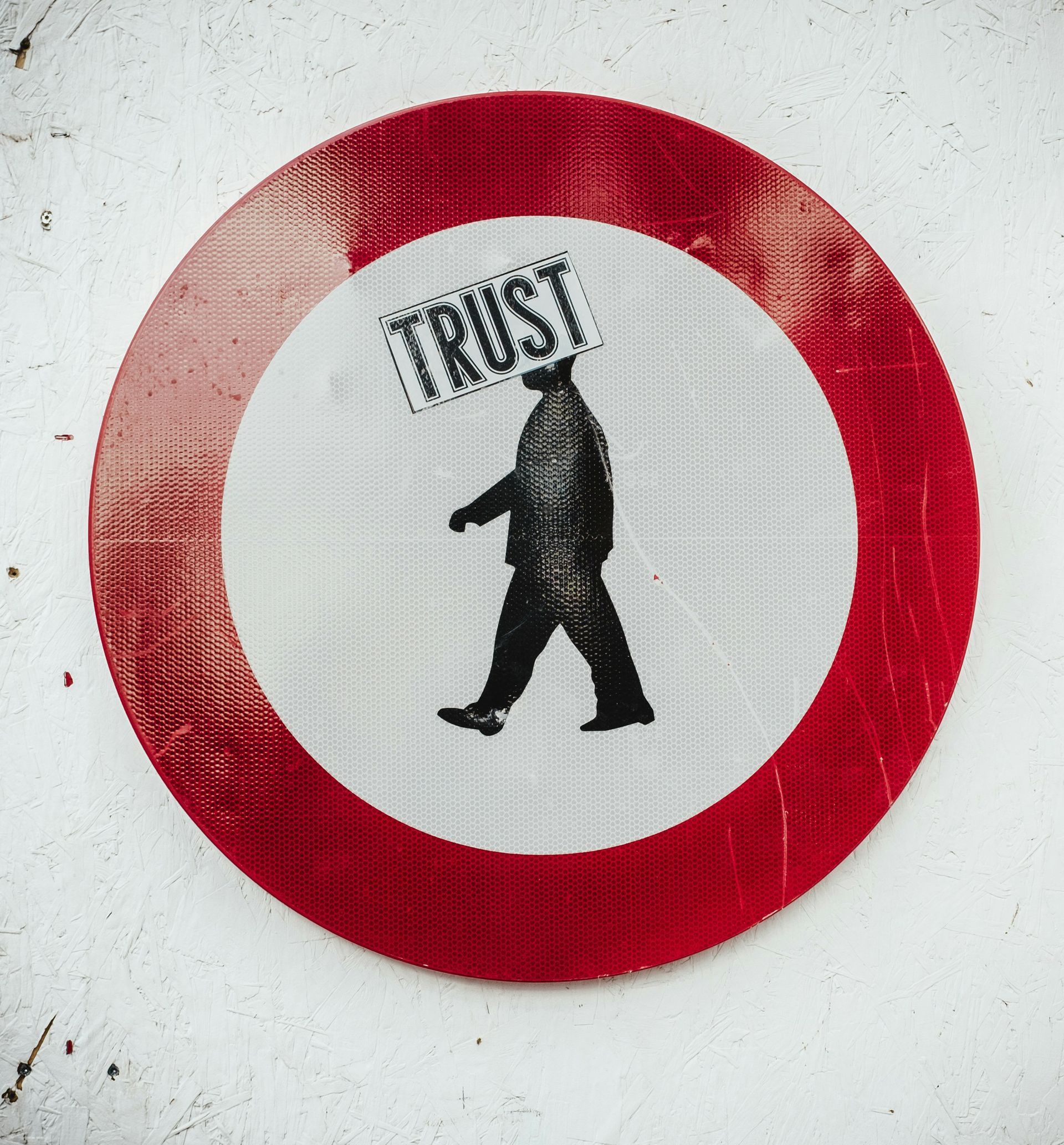A Massive Upside IF It's Done Right . . . and An Unrecoverable Downside It It's Not
The Customer & The Constituent's own AI & Robotics columnist, UK-based Jamie Munro, helps us keep up with the latest in the rapidly evolving and highly contentious topic of the use of Artificial Intelligence in schools.
(By Jamie Munro)
As it becomes increasingly clear that Artificial Intelligence (AI) will play a major role in the future, the issue of AI in education is beginning to gain the attention of governments around the world.
Early last month, China announced a mandatory eight hours of AI education every academic year for all students aged six and above. A few weeks ago, President Trump signed an Executive Order instructing schools to begin AI training for staff and students. And just two weeks ago, the UAE announced plans to introduce AI to their national curriculum for all age groups.
Social & Economic Divide Will Be Huge
Governments and school authorities who fail to respond, or even worse. move to ban schools from using AI, risk getting left behind. The social and economic divide between those who master AI and those who don't will be huge. And countries who fail to prepare their next generation workforces for the technologies of the future could find themselves falling behind.
AI is an incredibly fast-moving technology, and if governments don’t act now to implement some form of early education, not only will their young people struggle to find fulfilling work, but we risk repeating the mistakes of the social media era - in which parents and governments failed to grasp the massive impact of these technologies until it was too late.
That mistake has resulted in major safeguarding and cyber bullying issues, young people failing to develop the social skills expected of them, and a loneliness epidemic among the most “connected” generation in history, who, ironically often struggle to form meaningful relationships.
How much worse could a similar mistake in the AI era be?
Cheating & Over-Reliance: It’s Going to Be A Balancing Act
Equally huge however, are the issues schools face in adapting to the new reality: "Cheating" using AI tools is rife and teachers must find new ways to assess students.
Students must learn to use these new tools, and yet still develop marketable skills without becoming over-reliant on AI. It’s going to be a balancing act, as the next-generation workforce will need to add value in a world increasingly run on these technologies.
(Add to this picture, the myriad of new safeguarding challenges AI introduces: Biased information, harmful content, fake news . . . these are just the beginning. There have been cases of teenagers falling in love with AI chatbots and other chatbots have even encouraged their users to commit suicide.)
The Era of AI Requires New Tools for Schools
So new tools for schools will need to be developed. And fast.
Schools and governments must resist the urge to simply ban these new technologies. Doing so will not prevent students from accessing them and will increase the likelihood that they use them in unhelpful ways that actually damage their learning.
In this new era, students will need access to the latest cutting-edge AI technology. They will need AI assistants that gently guide them towards solutions whilst still giving them the room to learn and make mistakes. But it needs to be executed within robust safety mechanisms to prevent inappropriate usage and outcomes, and to enable teachers to effectively monitor student activity.
Some argue that introducing AI into education is a slippery slope, and certainly I’ve only outlined a few of the macro-level concerns. But these concerns must be carefully weighed against the undeniable reality that AI literacy will become another invaluable skill that students must master.
A Massive Upside, IF It’s Done Right
And as far as teachers go, teaching is about more than simply imparting knowledge. There’s an important relationship between student and teacher that cannot be replaced by machines. The greatest opportunity from the teacher’s own perspective is to use AI to reduce unproductive burdens and make them more effective at the high-value components of their jobs.
There’s a massive upside for students, teachers, schools and governments who embrace the challenge; but it will require the employment of this new technology in a manner that is both thoughtful and open-minded at the same time, and wholly strategic.









